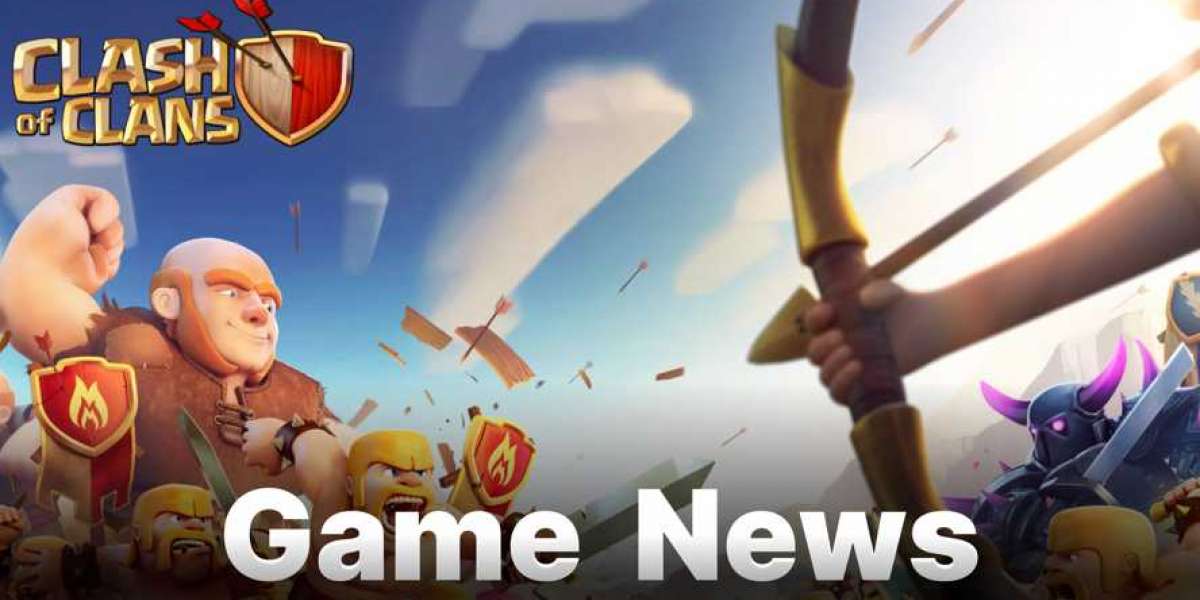USBs are used every day for charging and connecting devices. But not all USB connectors look the same. You might notice that some are big, some small, and some shaped differently. This can feel confusing if you don’t know the names. So, what are the four types of USB connectors? Let’s break them down simply.
The Exact Answer
The four main types of USB connectors are USB-A, USB-B, USB-C, and Micro USB. Each type has a unique shape and purpose, and together they cover most modern devices.
Why Different USB Types Exist
When USB was first made, its goal was to connect different devices with one simple standard. But as technology evolved, devices got smaller and faster, and USB had to change as well. That is why today we have different connectors like USB-A for older computers, USB-B for printers, USB-C for new phones, and Micro USB for smaller gadgets.
USB-A: The Original Connector
USB-A is the connector most people recognize. It’s the large, flat, and rectangular plug you see on flash drives, keyboards, and older chargers.
Key details about USB-A:
Found on computers, laptops, TVs, and game consoles.
Only plugs in one way (not reversible).
Still common for wall chargers and power banks.
Works well with a usb a adapter to connect with modern USB-C devices.
Even though newer connectors are faster, USB-A remains widely used in many homes and offices.
USB-B: The Printer Connector
USB-B is a square-shaped connector mostly seen on printers, scanners, and large external drives. It is less common in daily use for phones or laptops, but very important for office machines.
Key details about USB-B:
Larger and blocky in shape.
Common in printers, scanners, and older external hard drives.
Sometimes comes in “Mini-B” or “Micro-B” designs for smaller equipment.
USB-B is slowly fading out, but you will still spot it wherever printing devices are involved.
USB-C: The Modern Standard
USB-C is the latest and most powerful connector. It is slim, oval-shaped, and works no matter which way you plug it in.
Key details about USB-C:
Found in most new smartphones, tablets, and laptops.
Supports fast charging and fast data transfer.
Can carry video and audio along with power.
Quickly becoming the global standard for all devices.
USB-C is replacing older connectors like Micro USB and even USB-A in modern technology. If you buy a new phone or laptop today, chances are it has USB-C.
Micro USB: The Small Device Connector
Before USB-C became popular, Micro USB was the go-to connector for small devices. It is slimmer than USB-A and USB-B and was common in phones, speakers, and cameras.
Key details about Micro USB:
Shaped like a small trapezoid.
Common in older phones, Bluetooth speakers, and cameras.
Only plugs in one way (not reversible).
Being replaced by USB-C in new devices.
Even though Micro USB is older, many gadgets and accessories still use it. With the right adapter, you can continue to connect Micro USB devices to newer computers.
The Role of USB Adapters
Since we have four different connectors, not all devices fit directly with each other. That’s where adapters come in.
For example:
A usb a adapter helps connect older USB-A cables to modern USB-C laptops.
A Micro USB to USB-C adapter helps keep older phones alive with new chargers.
Printers with USB-B can still connect to new laptops using adapter cables.
Adapters make sure your old and new devices can work together without needing to replace everything.
Simple Ways to Identify Each Connector
If the plug is large and rectangular, it’s USB-A.
If the plug is square or blocky, it’s USB-B.
If it’s slim, oval, and reversible, it’s USB-C.
If it’s tiny and trapezoid-shaped, it’s Micro USB.
With these simple points, you can always tell which connector you are holding.
Everyday Examples of USB Types
Think about daily life:
You might use USB-A for plugging a flash drive into a desktop.
Your office printer likely uses USB-B.
Your smartphone or modern laptop probably uses USB-C.
Your Bluetooth speaker or old phone might still use Micro USB.
All four types continue to play a role in different ways.
Why Knowing This Matters
Understanding the types of USB connectors helps you pick the right cable and charger. It stops you from buying the wrong accessory and makes sure your devices stay connected.
It also helps with travel. Many hotels and airports still use USB-A, while your new device might rely on USB-C. Carrying a usb a adapter keeps you prepared anywhere.
Conclusion
The four types of USB connectors are USB-A, USB-B, USB-C, and Micro USB. USB-A is the original and widely used, USB-B is common with printers, USB-C is the modern universal connector, and Micro USB once powered most small gadgets. Together they cover almost every device. Thanks to adapters like the usb a adapter, you don’t have to worry about mismatched ports. Understanding these connectors ensures you always know how to keep your devices charged, connected, and working.
Sources: https://innovaesoft.com/comprehensive-guide-to-choosing-the-usb-adapter-for-your-needs/








